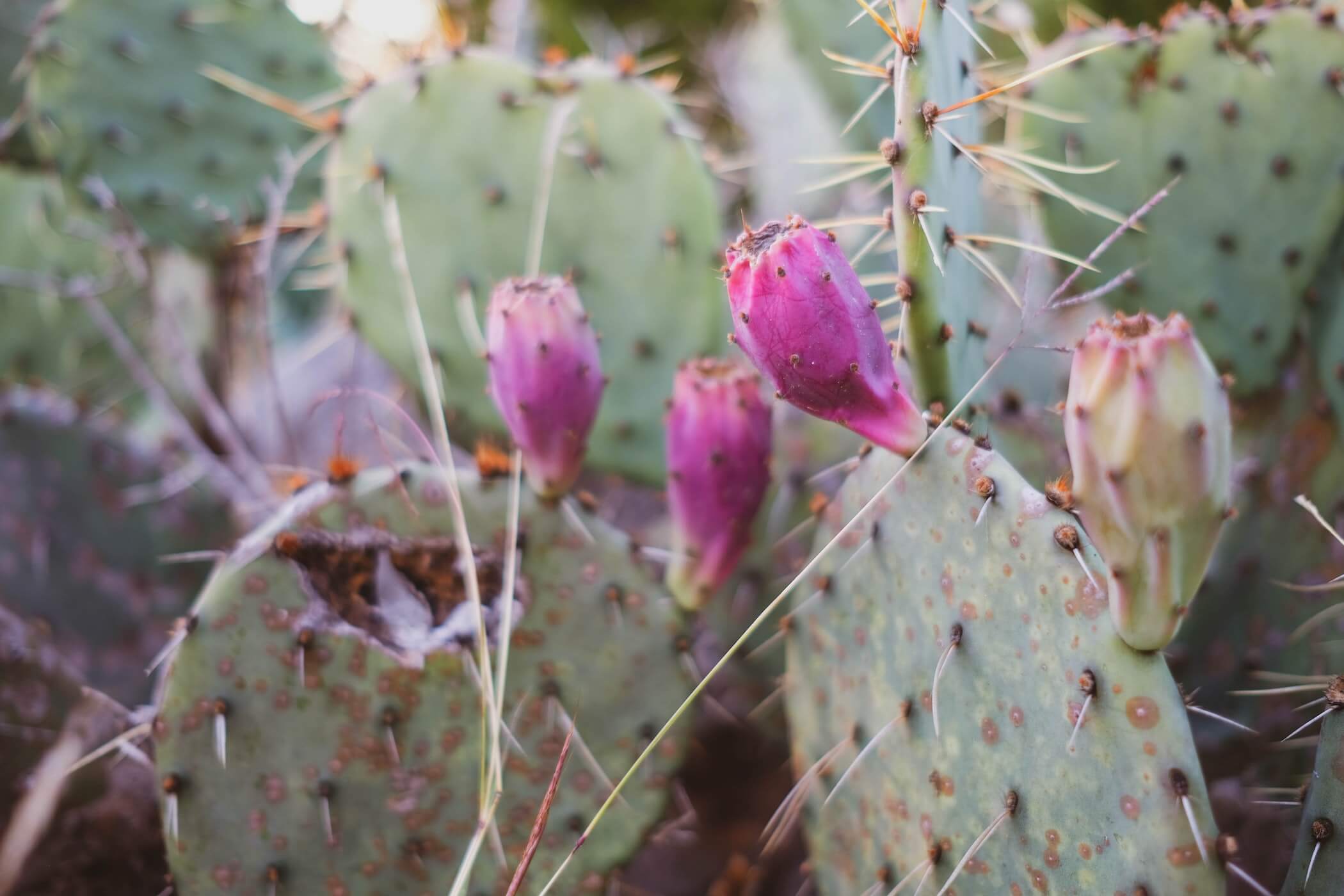Using native Texas landscaping plants can offer many advantages when it comes to construction and landscaping projects, including environmental benefits. Native plants have adapted over time to the climate of Texas, meaning they require low maintenance, are hardy in extreme weather conditions, and are often more capable of surviving drought than non-native plants. They also provide excellent shelter for local wildlife, increasing biodiversity and helping preserve the state’s ecosystem.
However, there are some drawbacks to using native Texas landscaping plants that should be taken into consideration before construction begins. Some species may not thrive if planted too close together due to competition for resources such as light and water. In addition, certain native species become invasive if introduced into non-native environments or if their natural predators are removed. Finally, construction and landscaping activities can damage the habitats of native plants, reducing the numbers available for use in landscape projects.
Overall, using native Texas landscaping plants offers numerous advantages that can be leveraged to create attractive and sustainable outdoor spaces. It is important, however, to research individual species before construction begins to ensure they will thrive in the environment. Doing so will help maintain an attractive landscape while preserving local wildlife habitats.
The use of native Texas landscaping plants can also present some challenges. These include the need for appropriate soil and irrigation, as well as pest management strategies to ensure the health and longevity of the landscape. Additionally, species that are adapted to a specific ecosystem may not survive if brought
In order to make informed decisions about the construction process, it is important to weigh the pros and cons associated with using native Texas landscaping plants. Although there are some potential difficulties, native plants offer numerous benefits including low maintenance requirements and compatibility with local wildlife habitats. With careful planning and research, construction projects incorporating native Texas plants can create attractive outdoor spaces while preserving a vital part of our environment.
One of the main advantages to using native Texas plants is their suitability for the local climate. Many non-native species will not survive in extreme temperatures and conditions present in Texas, leading to construction delays or costly replacements. Native plants are already adapted to the environment, making them better equipped to handle any weather-related issues that may arise. Additionally, since native plants typically require less water during periods of drought than non-native species, construction projects featuring native landscaping can help conserve resources while still achieving aesthetically pleasing results.
There are also ecological benefits to using native Texas landscaping plants. These species provide food and shelter for wildlife including birds, bees, and butterflies which are essential to sustaining healthy ecosystems across the state. Native plants also promote natural soil stabilization, helping to prevent erosion and improve water quality.
However, there are some drawbacks you should consider when using native Texas landscaping plants for construction projects. For example, many of these species have evolved within specific climates and may not thrive in other regions or microclimates. Additionally, native plants can be more susceptible to disease if they’re not properly cared for or given the right conditions.
Overall, there are both advantages and disadvantages associated with choosing native Texas landscaping plants for construction projects. While these species offer ecological benefits and may require fewer resources than non-native plants, it is important to consider potential drawbacks that could affect their performance over time. It’s always best to consult with a landscaping professional to determine the most appropriate species for specific construction projects. With the right plan and careful management, native Texas plants can provide long-term sustainability and beauty for construction sites.





